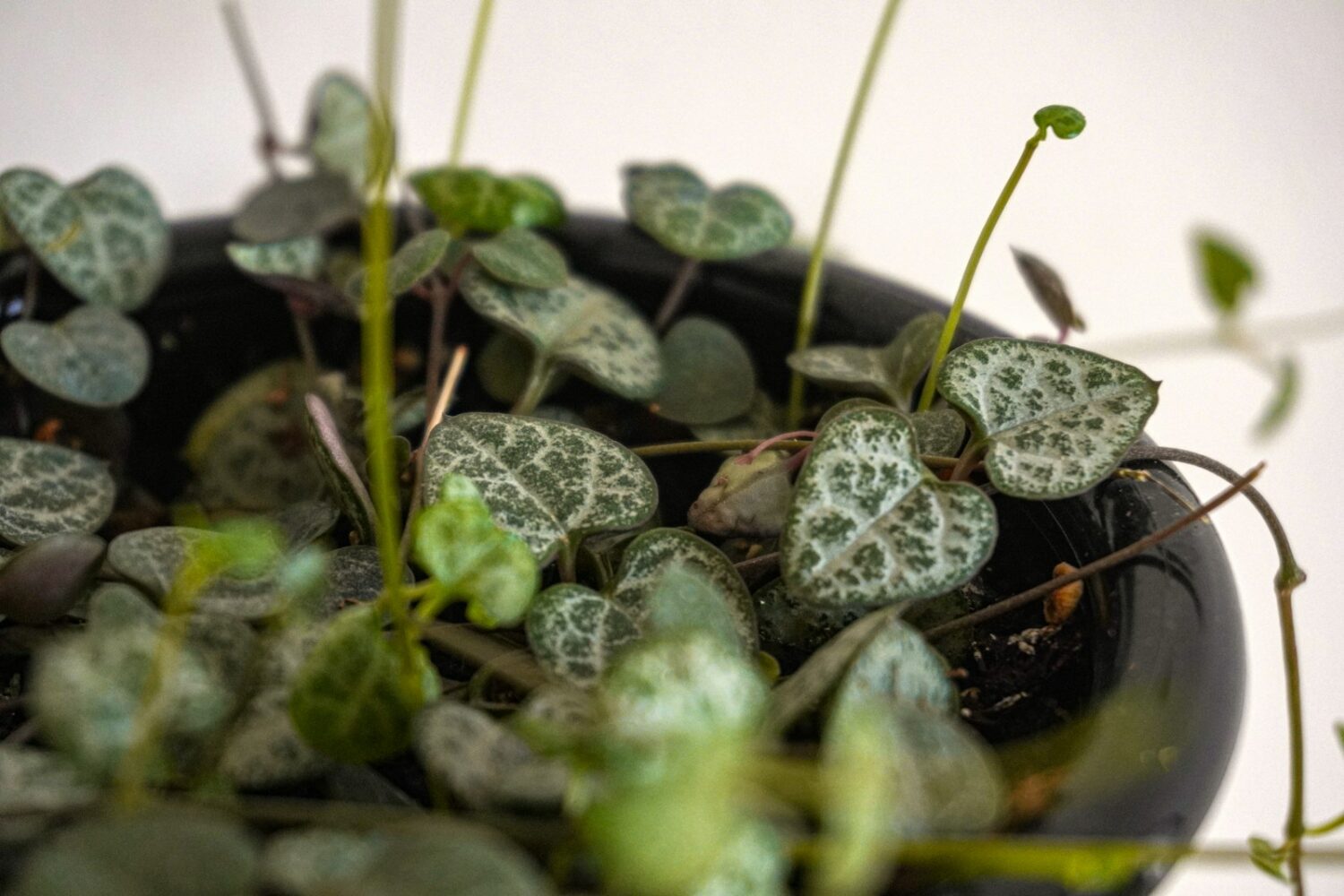Artificial intelligence is being employed in the hunt for a female partner for a critically endangered male plant species that predates dinosaurs.
One of the original stems of Encephalartos woodii at Durban Botanic Garden, South Africa. Image credit: Purves, M. via wikipedia.org, CC BY-SA 3.0
A research project led by the University of Southampton is scouring thousands of acres of forest in South Africa, where the only known ‘Encephalartos woodii’ – or E. woodii – was found, in a bid to find a female.
And if the hunt doesn’t pay off, the researchers are also exploring if they can change the plant’s sex to create a female version.
The only known E. woodii was discovered in the Ngoye Forest, South Africa, in 1895. It was moved several years later for safe keeping, with samples sent to botanical gardens – including Kew in London – where it is still propagated and grown today.
But with only one male found, all subsequent propagated samples are male clones, so the plant cannot naturally reproduce. The Ngoye Forest has, until now, never been fully explored to determine if a female could exist.
Hunting with drones
Dr Laura Cinti, research fellow at the University of Southampton’s Winchester School of Art, is leading the first project to use drones and AI to search for a female E. woodii. She said: “This plant is, as far as we know, extinct in the wild. I was very inspired by the story of the E. woodii, it mirrors a classic tale of unrequited love. I’m hopeful there is a female out there somewhere, after all there must have been at one time. It would be amazing to bring this plant so close to extinction back through natural reproduction.”
Dr Cinti is collaborating with Dr Howard Boland, a creative technology expert working in AI, and Dr Debbie Jewitt, a conservation scientist and drone pilot based in South Africa.
Initial drone flights in 2022 took tens of thousands of images and used a multispectral sensor to capture features beyond what can be seen from high above with the naked eye – such as distinguishing whether plants are living or dead, and to identify species.
But with no E. woodii yet found, the drone imaging is ongoing – now with the power of AI. They have covered 195 acres of the Ngoye Forest so far – and there are 10,000 acres in total.
“With the AI, we are using an image recognition algorithm in order to recognise plants by shape,” explained Dr Cinti. “We generated images of plants and put them in different ecological settings, to train the model to recognise them.”
Dr Cinti is also working on a new partner project investigating whether it is possible to change the sex of the E. woodii using either chemical or physiological manipulation, and then generate vegetative plants from that material.
She said: “There have been reports of sex change in other cycad species due to sudden environmental changes such as temperature, so we are hopeful we can induce sex change in the E. woodii too.”
The story of the E. woodii
The Encephalartos woodii is a type of plant known as a cycad. Cycads are the oldest surviving seed-bearing plants, dating back more than 300 million years and surviving multiple mass extinctions and environmental changes.
They are dioecious, which means they are either male or female, and they produce cones from which pollen is transported by insects for reproduction.
Despite their longevity, they are now the most endangered organisms on our planet, and the Encephalartos woodii is the rarest of all.
Dr Cinti said: “Cycads sell on the black market for hundreds of thousands of pounds, and are kept in cages in botanical gardens due to the risk of theft.”
More information is available on the project website.
Source: University of Southampton
You can offer your link to a page which is relevant to the topic of this post.













 English
English French
French Spanish
Spanish German
German Dutch
Dutch Italian
Italian Danish
Danish Portuguese
Portuguese Greek
Greek Russian
Russian Swedish
Swedish Bulgarian
Bulgarian Hungarian
Hungarian Catalan
Catalan Ukrainian
Ukrainian Polish
Polish Basque
Basque Chinese (Simplified)
Chinese (Simplified) Japanese
Japanese Hebrew
Hebrew Arabic
Arabic Swahili
Swahili Amharic
Amharic Irish
Irish Afrikaans
Afrikaans Albanian
Albanian Armenian
Armenian Azerbaijani
Azerbaijani Belarusian
Belarusian Bengali
Bengali Bosnian
Bosnian Cebuano
Cebuano Chichewa
Chichewa Chinese (Traditional)
Chinese (Traditional) Corsican
Corsican Croatian
Croatian Czech
Czech Esperanto
Esperanto Estonian
Estonian Filipino
Filipino Finnish
Finnish Frisian
Frisian Galician
Galician Georgian
Georgian Gujarati
Gujarati Haitian Creole
Haitian Creole Hausa
Hausa Hawaiian
Hawaiian Hindi
Hindi Hmong
Hmong Icelandic
Icelandic Igbo
Igbo Indonesian
Indonesian Javanese
Javanese Kannada
Kannada Kazakh
Kazakh Khmer
Khmer Korean
Korean Kurdish (Kurmanji)
Kurdish (Kurmanji) Kyrgyz
Kyrgyz Lao
Lao Latin
Latin Latvian
Latvian Lithuanian
Lithuanian Luxembourgish
Luxembourgish Macedonian
Macedonian Malagasy
Malagasy Malay
Malay Malayalam
Malayalam Maltese
Maltese Maori
Maori Marathi
Marathi Mongolian
Mongolian Myanmar (Burmese)
Myanmar (Burmese) Nepali
Nepali Norwegian
Norwegian Pashto
Pashto Persian
Persian Punjabi
Punjabi Romanian
Romanian Samoan
Samoan Scottish Gaelic
Scottish Gaelic Serbian
Serbian Sesotho
Sesotho Shona
Shona Sindhi
Sindhi Sinhala
Sinhala Slovak
Slovak Slovenian
Slovenian Somali
Somali Sundanese
Sundanese Tajik
Tajik Tamil
Tamil Telugu
Telugu Thai
Thai Turkish
Turkish Urdu
Urdu Uzbek
Uzbek Vietnamese
Vietnamese Welsh
Welsh Xhosa
Xhosa Yiddish
Yiddish Yoruba
Yoruba Zulu
Zulu